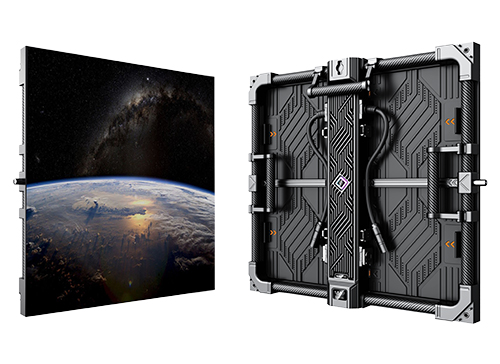جدول المحتويات
-
عصر جديد من تكنولوجيا العرض
-
مواد ألياف الكربون: "الذهب الأسود" في القرن الحادي والعشرين
-
لماذا تُعد مصابيح LED المصنوعة من ألياف الكربون هي الاتجاه الجديد في تكنولوجيا العرض
-
أربع مزايا أساسية لشاشات العرض LED المصنوعة من ألياف الكربون
-
سيناريوهات التطبيقات متعددة الصناعات
-
الأسئلة الشائعة
-
الخاتمة والتوصيات القابلة للتنفيذ
1. عصر جديد من تكنولوجيا العرض
في عصرنا الرقمي، أصبحت شاشات عرض LED الوسيلة الأساسية لنشر المعلومات والعرض المرئي. ومع التطورات الهائلة في علوم المواد، يُحدث حلٌّ ثوريٌّ للعرض يُغيّر مشهد الصناعة - شاشات عرض LED المصنوعة من ألياف الكربون . هذا المنتج المبتكر، الذي يجمع بين المواد المتقدمة وتكنولوجيا العرض، لا يُعيد تعريف معايير أداء الشاشات فحسب، بل يُتيح أيضًا إمكانياتٍ غير مسبوقة لمختلف سيناريوهات الاستخدام. من اللوحات الإعلانية الضخمة في ميدان تايمز سكوير إلى الشاشات الديناميكية في ملاعب كأس العالم، تحظى شاشات LED المصنوعة من ألياف الكربون بشعبيةٍ عالميةٍ بفضل مزاياها الفريدة.
2. مواد ألياف الكربون: "الذهب الأسود" في القرن الحادي والعشرين
ألياف الكربون، المعروفة بـ"ملك المواد الجديدة"، هي مادة مركبة متطورة مصنوعة من ألياف تحتوي على أكثر من 90% كربون. وهي أقوى بخمس مرات من الفولاذ، إلا أنها لا تزن سوى ربع وزنه، مما يجعلها المادة المفضلة في صناعة الطيران والسيارات الفاخرة والمعدات الرياضية. يمنحها تركيبها الجزيئي الفريد مجموعة من الخصائص الاستثنائية:
-
قوة وصلابة عالية للغاية: يتم ترتيب ذرات الكربون في شكل بلوري، مع قوة شد في اتجاه الألياف تتجاوز 5000 ميجا باسكال.
-
مقاومة ممتازة للتآكل: تتميز بمقاومة قوية للتآكل الناتج عن الأحماض والقلويات وضباب الملح، متجاوزة بذلك المواد المعدنية التقليدية.
-
Excellent Thermal Stability: The coefficient of thermal expansion is extremely low, and performance is virtually unaffected in the temperature range of -50°C to 150°C.
-
Electromagnetic Shielding Properties: Naturally possesses electromagnetic interference (EMI) shielding capabilities, making it ideal for protecting sensitive electronic devices.
When this cutting-edge material meets LED display technology, it gives birth to the “super product” in the display field — the Carbon Fiber LED Display, which perfectly solves many of the pain points of traditional metal-structured displays.
3. Why Carbon Fiber LEDs Are the New Trend in Display Technology
The reason carbon fiber LED displays have become the new trend in modern display technology is primarily because they meet the current market’s challenges for lightweight, durable, and efficient displays. Compared to traditional aluminum alloy or steel-frame displays, carbon fiber LED displays have not only the advantage of lighter weight but also superior structural toughness, enabling them to withstand higher external pressure.
As advertising and information display scenarios diversify, there is an increasing demand for ease of installation and maintenance, durability, and the ability to adapt to various environments. Carbon fiber LED displays precisely meet these needs, making them the preferred choice for various application scenarios.
The rise of carbon fiber LED displays is a direct response to these challenges. According to a Global Market Insights report, the global carbon fiber market surpassed 4 billion USD in 2022, with an annual growth rate of 18.7% in the electronics sector. This growth trend reflects the strong demand for lightweight, high-performance materials in the industry.
Practically, carbon fiber LED displays address several key issues:
-
Transportation and Installation Costs: Traditional large LED screens can weigh 30-50 kg per square meter, while carbon fiber versions reduce the weight by 40%-60%.
-
Outdoor Durability: The corrosion issue of metal structures in coastal and high-pollution environments is fundamentally resolved.
-
Dynamic Use Scenarios: For temporary events and touring performances, which require frequent assembly and disassembly, carbon fiber LED displays offer better solutions.
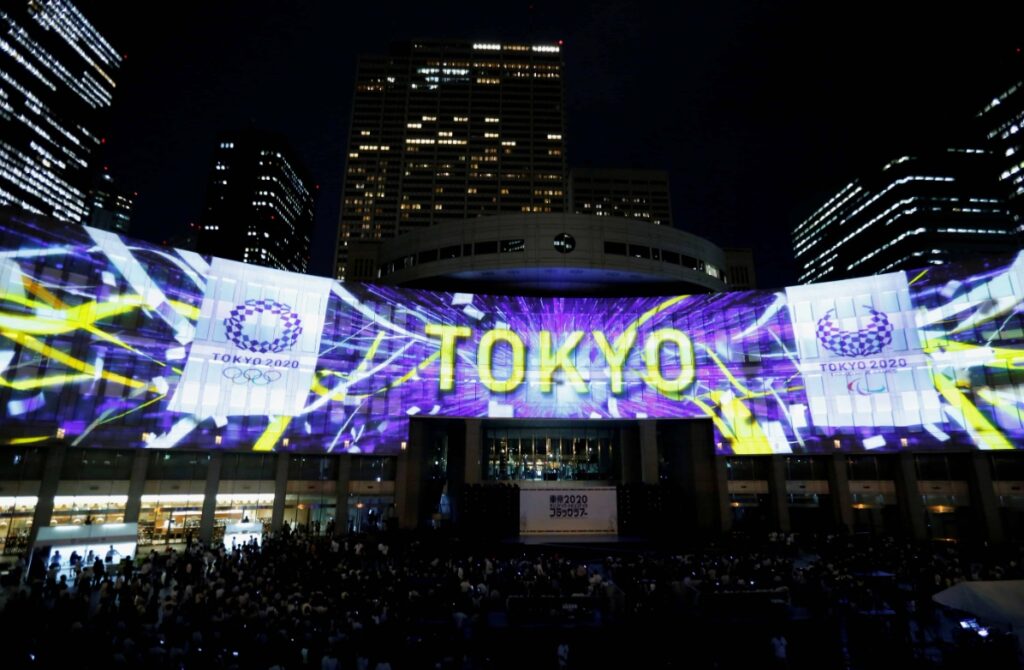
A typical case is the carbon fiber LED ring screen at the Tokyo Olympics main venue. With a circumference of over 400 meters, this massive display achieved the same visual effect as traditional materials but with only one-third of the weight, greatly reducing the load on the roof structure while enduring the test of high temperatures and rainy weather in the summer.
4. Four Core Advantages of Carbon Fiber LED Display Screens
a. Revolutionary Breakthrough in Lightweight Design
Weight has always been a critical factor limiting the application of LED display screens. The introduction of carbon fiber material has completely changed this situation:
-
Weight Reduction of 40%-60%: A typical carbon fiber LED screen weighs only 15-25 kg per square meter, while traditional aluminum products typically weigh 35-50 kg.
-
Simplified Structure: The high-strength properties allow for reduced support structures, further reducing the overall weight.
-
Savings on Transportation Costs: For a 20-square-meter screen, the carbon fiber version can reduce the transportation weight by approximately 500 kg, significantly lowering logistics costs.
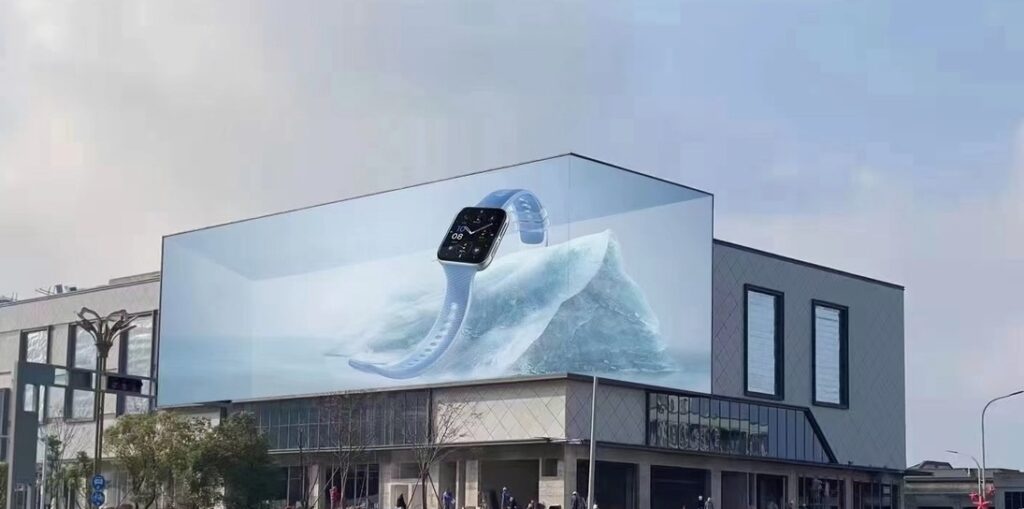
A practical case from an advertising company in Shenzhen in 2023 shows that when installing a 200-square-meter LED advertising screen on the exterior wall of a commercial center with a carbon fiber structure:
-
Installation time was reduced from 3 days to 1.5 days.
-
Overall installation costs decreased by 35%.
-
Building load evaluation costs were saved by around 200,000 RMB.
b. Exceptional Durability: Redefining Product Lifespan
The physical properties of carbon fiber bring a qualitative leap to LED display screens:
-
Impact Resistance: The fracture toughness of carbon fiber is more than twice that of aluminum alloy, effectively resisting accidental impacts like hail.
-
Fatigue Resistance: Carbon fiber maintains structural stability far beyond metal materials in repeated disassembly and vibration environments.
-
Corrosion Resistance: Completely unaffected by rain, salt fog, industrial waste gases, etc., making it especially suitable for coastal and heavy industrial areas.
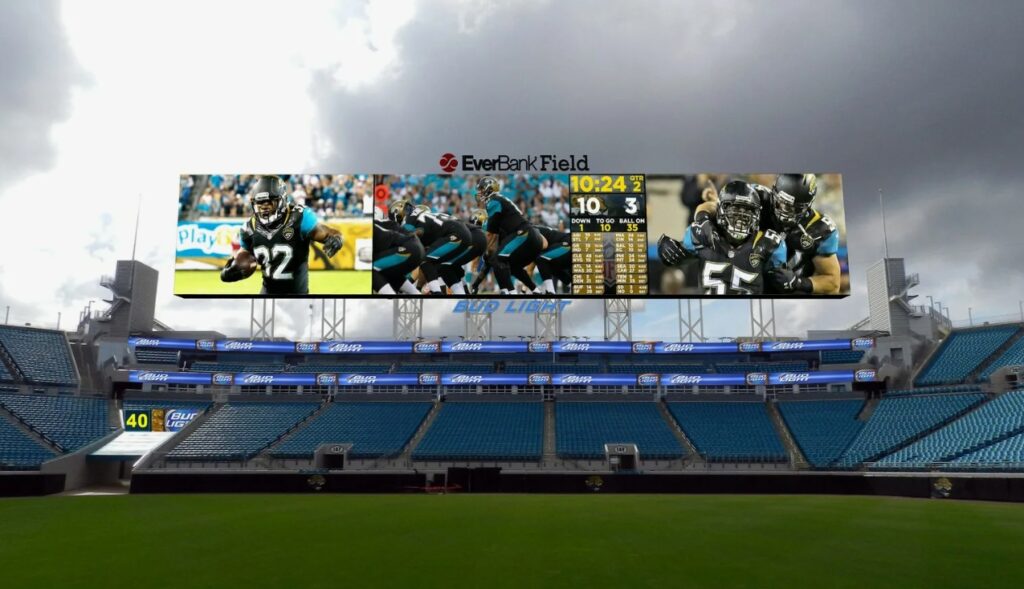
In Texas, USA, a sports stadium replaced its LED scoreboard in 2024 with a carbon fiber LED model, which endured several extreme weather conditions, including a tennis ball-sized hailstorm. Post-examination showed only minor scratches on the screen’s surface, while 12% of the modules in the traditional displays installed at the same time had to be replaced.
c. Climate Change Resistance: All-Weather Display Solution
Outdoor displays face the greatest challenge in coping with harsh weather conditions. Carbon fiber LED displays perform excellently in this regard:
-
Water Resistance: Carbon fiber itself does not absorb water, and when combined with special sealing techniques, it achieves an IP67 protection rating.
-
Wind Resistance: The lightweight design reduces wind load, while the high strength ensures structural stability.
-
Temperature Adaptability: With an operating temperature range of -40°C to +85°C, it is suitable for climates ranging from polar to desert.
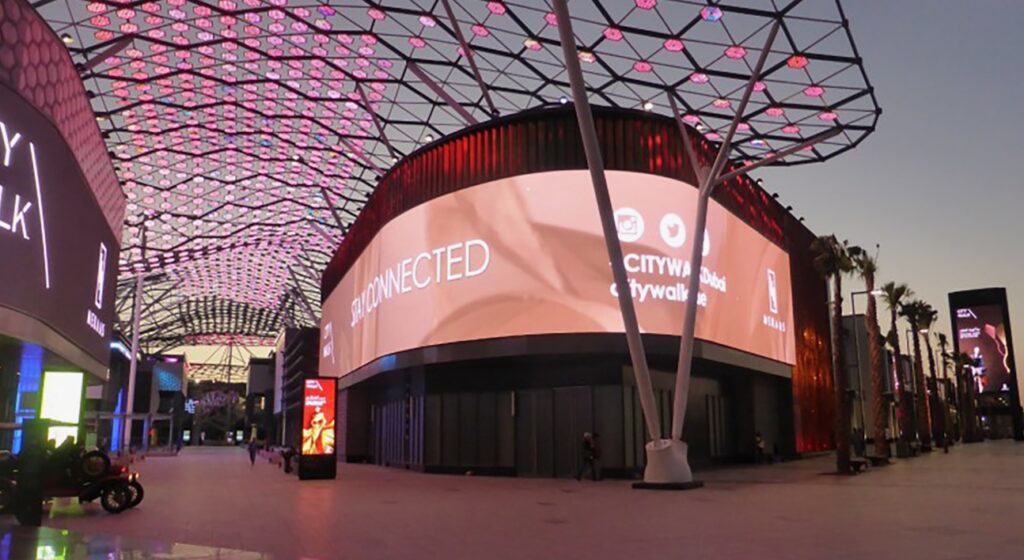
In 2023, a carbon fiber LED sky screen installed at a shopping mall in Dubai withstood temperatures of 50°C in summer and sandstorms, resulting in an 82% reduction in failure rates compared to previous models.
d. Quick Installation and Maintenance: A New Standard for Efficiency
The modular design and lightweight nature offer installation advantages:
-
One-Person Operation: Most carbon fiber LED modules are designed to be handled and installed by a single person.
-
Tool-Free Assembly/Disassembly: Magnetic or quick-lock structures allow for module replacements in minutes.
-
Front and Rear Maintenance: Ultra-thin design allows for maintenance operations from both the front and rear of the screen.
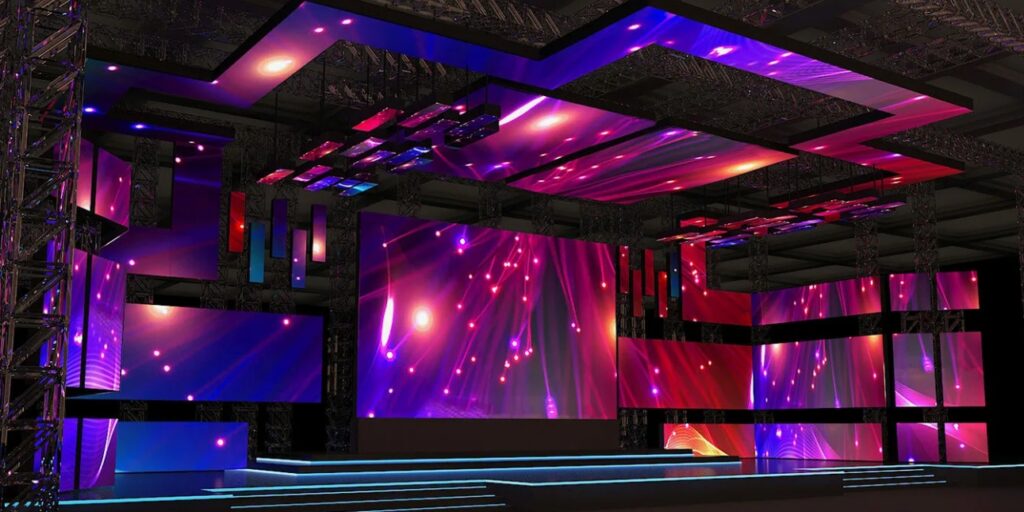
A theater in London’s West End used carbon fiber LED for its stage backdrop, allowing the entire backdrop to be replaced in 2 hours, while traditional systems required 6-8 hours, providing great flexibility for performance scheduling.
5. Multi-Industry Application Scenarios Analysis
a. Outdoor Advertising: A New Dimension of Urban Visuals
In the outdoor advertising sector, the lightweight and durable nature of carbon fiber LED displays undoubtedly provides advertisers with greater flexibility. Many cities use these displays in high-rise buildings, subway stations, and bus stops because they can withstand various environmental challenges. Moreover, the wind resistance of carbon fiber material ensures that displays remain stable even during strong winds, preventing interruptions in the advertising content.
b. Sports Events and Performances: Reliable Performance in Extreme Environments
Sports events and performance venues often require large-scale displays to showcase real-time data and event footage. Carbon fiber LED displays, with their outstanding durability and impact resistance, have become the ideal choice for sports arenas and stages.
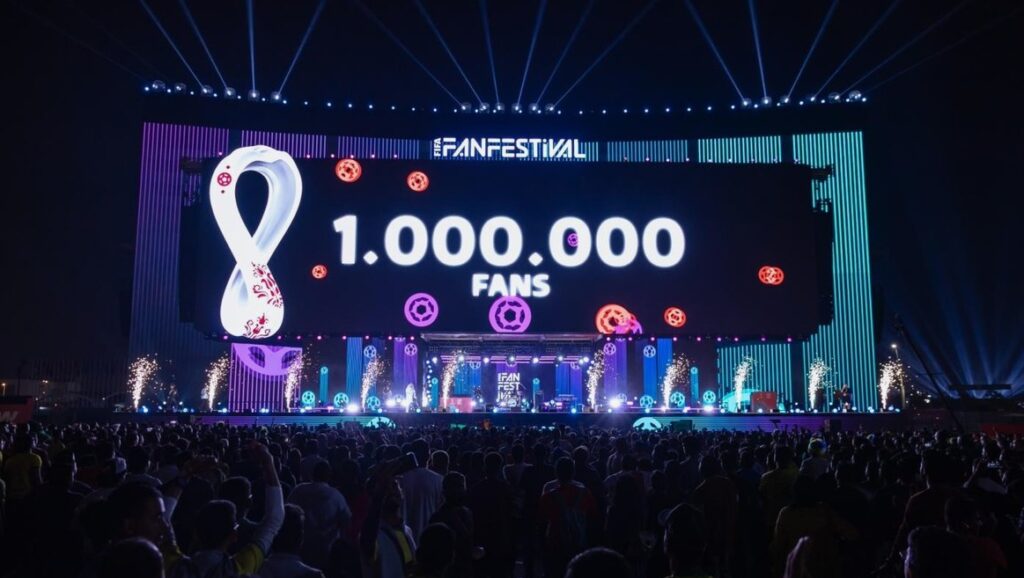
For instance, during the 2022 FIFA World Cup in Qatar, multiple stadiums used carbon fiber LED displays that could withstand extreme weather and high-intensity audience usage.
c. Transportation and Public Facilities: A Reliable Information Hub
In critical infrastructure, the demand for stable displays is high. Carbon fiber LED displays are widely used in transportation and public facilities, especially in subways, train stations, and airports. Their superior wind, waterproof, and high-temperature stability ensures that these displays maintain long-term stable operations, providing timely information to passengers. Function and application of LED video walls at transportation hubs.
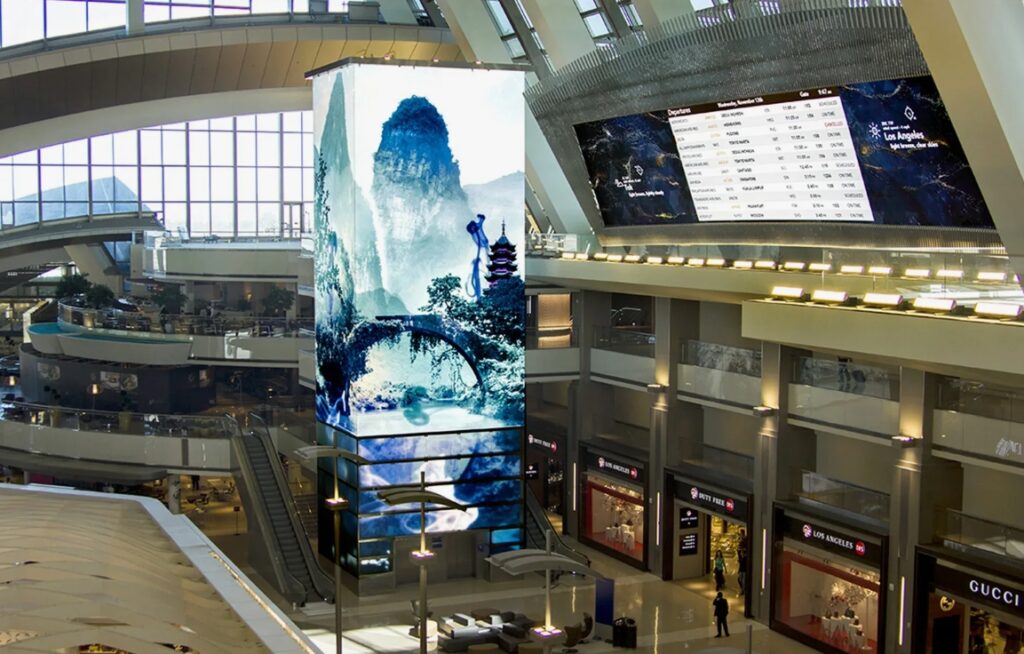
For example, during the 2023 terminal renovation project at Hong Kong International Airport, carbon fiber LED flight information screens maintained 24/7 operations while reducing maintenance frequency from once a month to once per quarter.
d. Commercial Retail and Exhibitions: The Art of Balancing Space and Display Effectiveness
في بيئات البيع بالتجزئة التجارية، تُستخدم شاشات LED المصنوعة من ألياف الكربون، بفضل كفاءتها العالية في العرض وتوفيرها للمساحة، على نطاق واسع في مراكز التسوق والمعارض. بفضل تأثيراتها البصرية المذهلة، تجذب الشركات المزيد من العملاء وتعزز صورة علامتها التجارية. كما تتيح خفة وزن ألياف الكربون مرونة أكبر في وضع شاشات العرض، مما يزيد من مساحة العرض. تتوفر هنا نطاقات أسعار لشاشات LED التجارية.
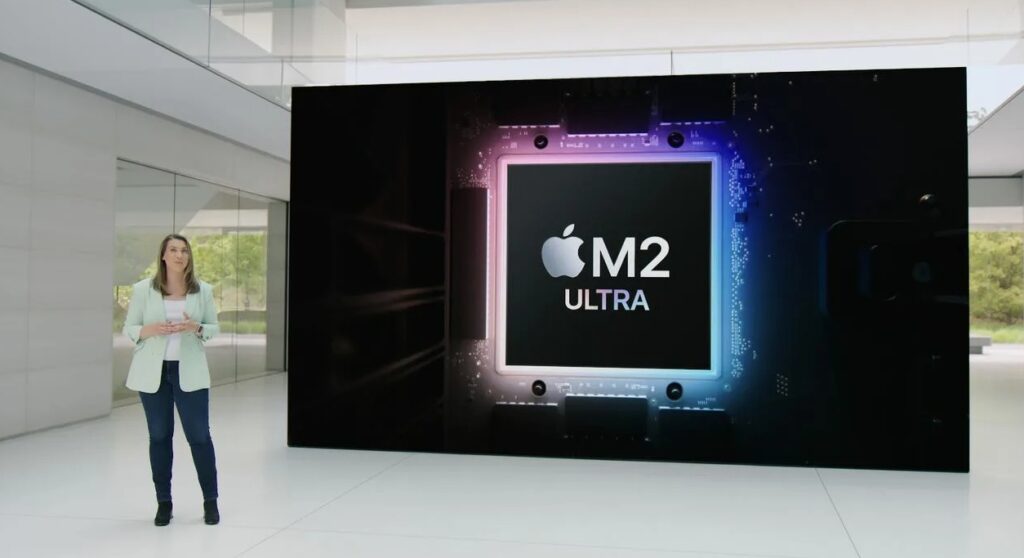
بدأت شركة أبل في اعتماد جدران العرض LED المصنوعة من ألياف الكربون في متاجرها الرئيسية حول العالم بشكل تدريجي، مما أدى إلى تقليص سماكتها من 300 ملم التقليدية إلى 120 ملم، وتوفير حوالي 30% من تكاليف النقل والتركيب سنويًا.
6. الأسئلة الشائعة
أ. هل سعر شاشات LED المصنوعة من ألياف الكربون أعلى بكثير من المنتجات التقليدية؟
صحيح أن تكلفة الشراء الأولية أعلى بنسبة 20%-30%، إلا أن تكلفة دورة الحياة الإجمالية (TCO) عادةً ما تكون أقل. وخلال فترة استخدام مدتها 10 سنوات، يمكن خفض تكاليف النقل والتركيب والصيانة بنسبة 30%-50%. ومع ازدياد حجم الإنتاج، تتقلص فجوة الأسعار بسرعة.
ب. هل تؤثر مادة ألياف الكربون على أداء تبديد الحرارة للشاشة؟
تُضاهي الموصلية الحرارية لألياف الكربون تلك الموجودة في سبائك الألومنيوم. إضافةً إلى ذلك، صُممت شاشات LED الحديثة المصنوعة من ألياف الكربون بقنوات حرارية خاصة. وقد أظهرت اختبارات أجرتها سامسونج أن وحدات ألياف الكربون الخاصة بها تحافظ على درجة حرارة أقل بمقدار 3-5 درجات مئوية من الوحدات التقليدية بعد تشغيلها لمدة 72 ساعة.
ج. هل شاشات LED المصنوعة من ألياف الكربون معرضة للخدوش التي تؤثر على جودة الصورة؟
تخضع شاشات LED المصنوعة من ألياف الكربون التجارية لعمليات تقوية خاصة، بتصنيف صلابة موس 7H أو أعلى (كما هو الحال في شاشات الهواتف الذكية). تُظهر الاختبارات الخارجية التي أجرتها شركة LG أنه بعد عامين من التعرض للرياح والأمطار، تتجاوز نسبة ثبات لمعان السطح 95%.
د. كيف يمكنني تحديد جودة شاشة LED المصنوعة من ألياف الكربون؟
من العوامل الرئيسية التي يجب مراعاتها ثلاث شهادات: (1) شهادة المواد من TORAY أو MITSUBISHI، (2) شهادة السلامة الإنشائية (CE أو UL)، و(3) شهادة أداء العرض (ISO 12664). عادةً ما تقدم المنتجات عالية الجودة ضمانًا للمواد لمدة عشر سنوات.
هـ. ما مدى ملاءمة إعادة تدوير شاشات LED المصنوعة من ألياف الكربون للبيئة؟
تكنولوجيا إعادة تدوير ألياف الكربون الحديثة راسخة. تتيح عملية إعادة التدوير في شركة توراي إندستريز إعادة استخدام أكثر من 85% من المواد. وبالمقارنة مع شاشات الألومنيوم، يمكن لشاشات ألياف الكربون خفض انبعاثات الكربون بنسبة 40% تقريبًا خلال دورة حياتها.
7. الاستنتاجات والتوصيات العملية
تُمثل شاشات LED المصنوعة من ألياف الكربون مستقبل تكنولوجيا العرض. فهي تُعالج تمامًا قيود المنتجات التقليدية من حيث الوزن والمتانة والتكيف البيئي. في ظل النمو السريع الحالي، ينبغي على الشركات التي تتمتع بالخصائص التالية إعطاء الأولوية لتبني هذه الشاشات:
-
السيناريوهات التي تتطلب تغييرات متكررة في المحتوى أو الموقع، مثل المتاجر المؤقتة أو المعارض المتنقلة.
-
بيئات التثبيت ذات القيود المتعلقة بالوزن، مثل المباني التاريخية أو الجدران الزجاجية.
-
المناطق ذات التآكل العالي أو المناخات القاسية، مثل المدن الساحلية، أو المناطق الصناعية، أو المناطق الباردة.
-
المشاريع الحساسة لتكاليف دورة الحياة الإجمالية، مثل مراكز النقل التشغيلية طويلة الأجل أو الملاعب الرياضية.
بالنسبة للمستخدمين الذين يخططون لنشر حلول العرض بين عامي 2025 و2026، فإننا نوصي بما يلي:
-
إعطاء الأولوية لتقييم خيارات ألياف الكربون: حتى لو لم يتم اعتمادها في النهاية، قم بتضمينها في نطاق المقارنة.
-
التركيز على الوحدات النمطية: اختر التصميمات التي تدعم الصيانة الأمامية والخلفية والتجميع بدون أدوات.
-
التحقق من مصادر المواد: تأكد من استخدام مواد ألياف الكربون من العلامات التجارية الرائدة مثل Toray (اليابان) أو Hexcel (الولايات المتحدة الأمريكية).
-
خذ في الاعتبار قابلية التوسع المستقبلية: اختر الأنظمة المتوافقة مع الوحدات الجديدة والقديمة لحماية الاستثمارات طويلة الأجل.
مع نضج عمليات التصنيع وظهور وفورات الحجم، تتحول شاشات LED المصنوعة من ألياف الكربون من خيار فاخر إلى خيار شائع. ولا يقتصر اعتمادها الآن على تحسين الأداء بشكل فوري، بل سيستمر في تقديم مزايا المتانة وانخفاض تكاليف الصيانة على مدى السنوات الخمس إلى العشر القادمة. لقد وصلت القفزة التالية في تكنولوجيا العرض - هل أنتم مستعدون؟
مراجع:

